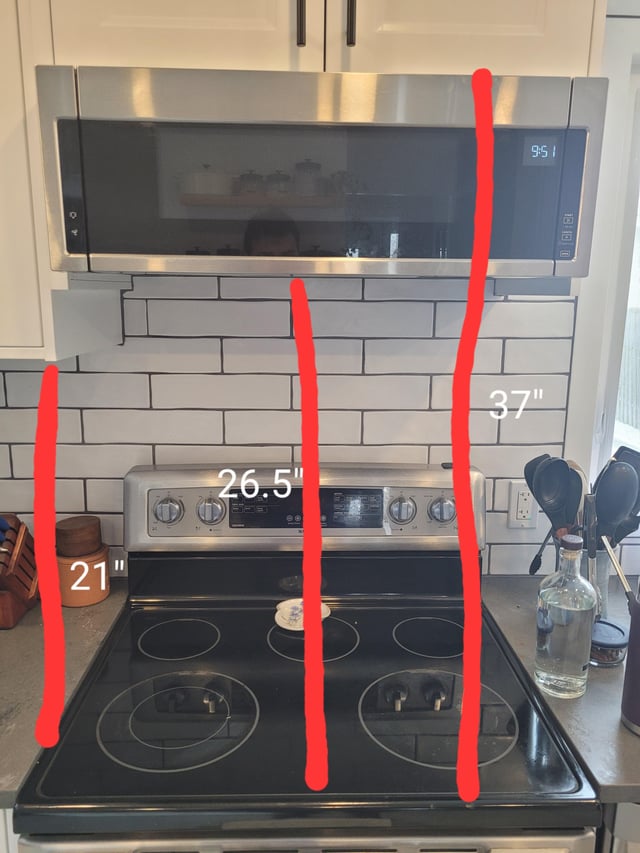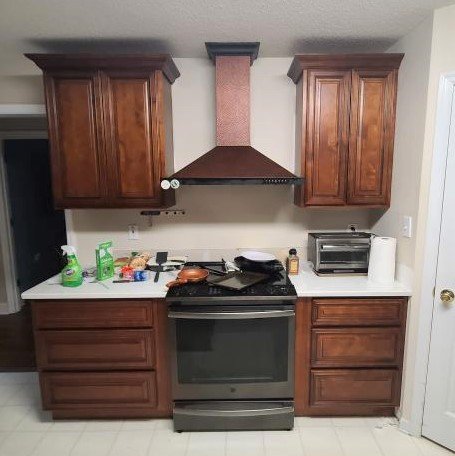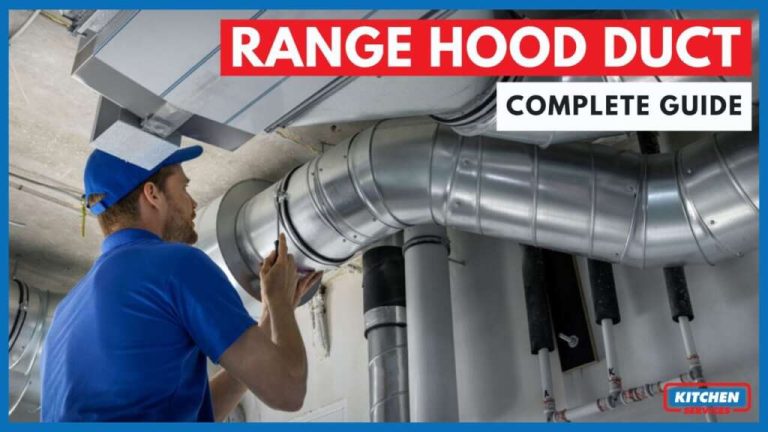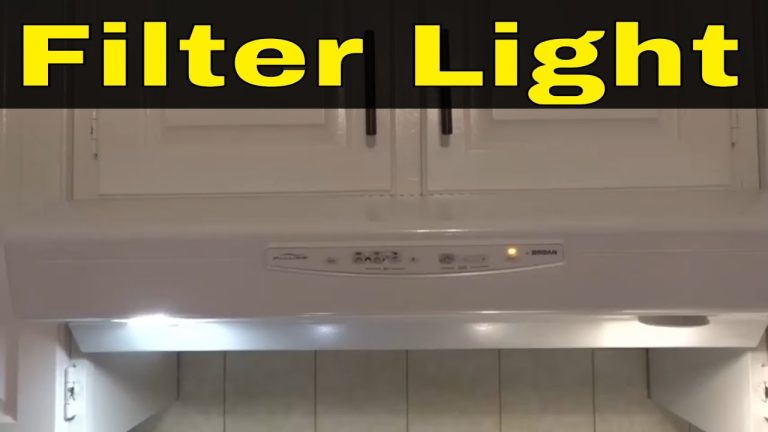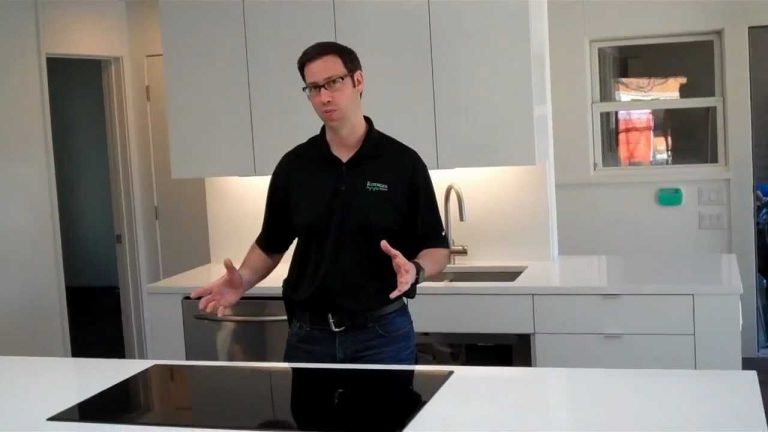The best height for a range hood is typically 24 to 30 inches above the cooking surface. This ensures optimal ventilation and efficiency.
Choosing the right height for your range hood is crucial for effective cooking and air quality. Proper installation enhances its performance and ensures safety. A range hood positioned too high may not capture smoke and odors effectively, while one placed too low can interfere with cooking.
Understanding the recommended height helps you achieve a balance between functionality and aesthetics. This guideline applies to various cooking appliances, including gas and electric stoves. Whether you’re renovating your kitchen or installing a new hood, knowing the best height will lead to a more enjoyable cooking experience.
Importance Of Range Hood Height
The height of the range hood is very important for safety. It helps to prevent fire hazards by keeping grease away from flames. Proper height also ensures efficient airflow. This helps eliminate smoke and odors quickly.
Incorrect height can lead to poor performance. If too low, it might block the view or bump heads. A range hood set too high may not capture smoke effectively.
For most stoves, the recommended height is 24 to 30 inches above the cooking surface. This allows for maximum efficiency and keeps the kitchen safe.
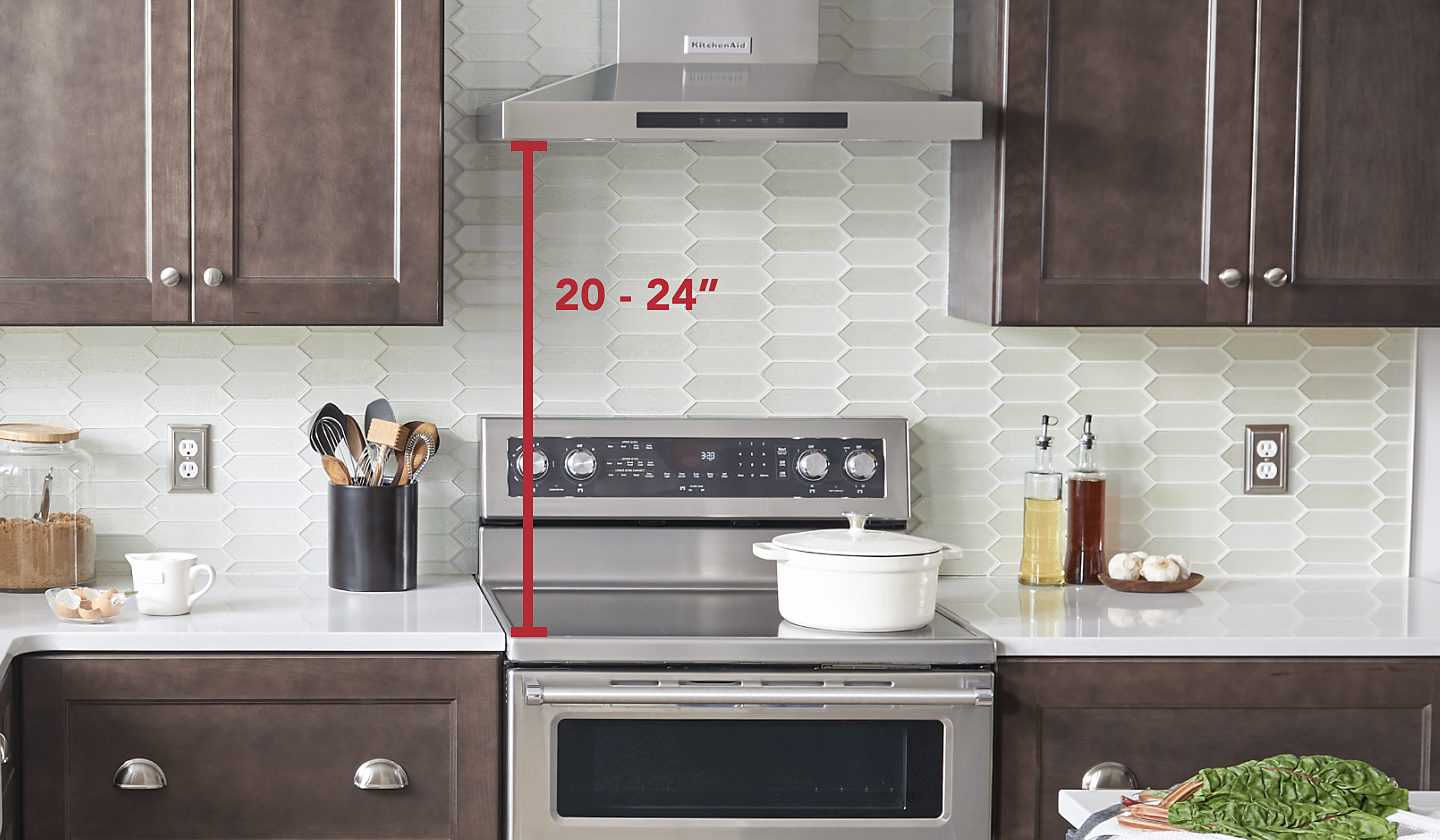
Credit: www.kitchenaid.com
Standard Height Recommendations
The standard height for a range hood varies based on stove type. Guidelines suggest a height of 24 to 30 inches above electric stoves. For gas stoves, a height of 30 to 36 inches is recommended. This helps capture smoke and grease effectively.
Different stove types have different requirements. Wall-mounted hoods should be higher for efficient ventilation. Under-cabinet hoods often fit under cabinets and need less height. Island hoods may require a higher installation due to their open design.
| Stove Type | Recommended Height |
|---|---|
| Electric | 24-30 inches |
| Gas | 30-36 inches |
| Wall-mounted | 30-36 inches |
| Under-cabinet | 20-24 inches |
| Island | 30-36 inches |
Measuring For Installation
To install a range hood, having the right tools is essential. Gather the following items:
- Measuring tape – For accurate height measurements.
- Level – Ensures the hood is straight.
- Drill – Needed for mounting the hood.
- Screwdriver – To secure screws in place.
- Pencil – For marking measurements.
Follow these steps for a successful installation:
- Measure the space above the cooktop.
- Mark the desired height for the hood.
- Use the level to check your markings.
- Drill holes for mounting brackets.
- Attach the hood securely to the wall.
Factors Influencing Optimal Height
Cooking habits greatly affect the optimal height of a range hood. Frequent frying or grilling needs a lower hood. This captures smoke and grease better. For baking or steaming, a higher hood may suffice.
The kitchen layout plays a significant role too. An open kitchen might need a different height than a closed one. Counter height should also be considered. Measure from the cooktop to ensure efficiency.
Range hood type impacts height choices. Wall-mounted hoods often require different measurements than island hoods. Ductless hoods also have unique requirements. Always check the manufacturer’s guidelines for best results.
Adjusting Height For Custom Kitchens
Choosing the right height for a range hood is important for your kitchen. It affects both design aesthetics and functionality. A range hood placed too high may not capture smoke effectively. On the other hand, one too low can obstruct your view.
Design aesthetics can be influenced by the height of the range hood. A well-placed hood creates a balanced look in your kitchen. Consider the overall style and theme of your space. A modern kitchen might need a different height than a rustic one.
Personal preferences play a key role in this choice. Some people prefer a minimalist look, while others enjoy a more prominent feature. Think about your cooking habits too. Taller individuals may need a higher installation for comfort.
Common Installation Mistakes
Installing a range hood at the correct height is crucial. Placing it too high can reduce its effectiveness. It may not capture smoke and odors well. Setting it too low can create a safety hazard. It can also make cooking uncomfortable.
Always refer to the manufacturer’s instructions. These guidelines provide the best height for your specific model. Ignoring these can lead to poor performance. Each range hood has its own optimal installation height.
Common mistakes include guessing the height. This can result in inefficiency and frustration. Proper installation ensures your kitchen stays fresh and smoke-free.
Maximizing Kitchen Ventilation
Proper kitchen ventilation is essential for a healthy cooking environment. Range hoods help remove smoke, steam, and odors. To enhance performance, consider complementary venting solutions like wall fans or ceiling exhausts. These options work well with range hoods and improve air circulation.
Regular maintenance keeps your range hood functioning effectively. Clean the filters monthly to prevent grease buildup. Use warm soapy water or a dishwasher for easy cleaning. Check the fan regularly for dust and debris. A clean fan boosts airflow and efficiency.
Always inspect ductwork for any blockages. Clear ducts allow better air movement. Lastly, replace filters according to the manufacturer’s instructions. Maintaining your range hood ensures a fresher and cleaner kitchen environment.
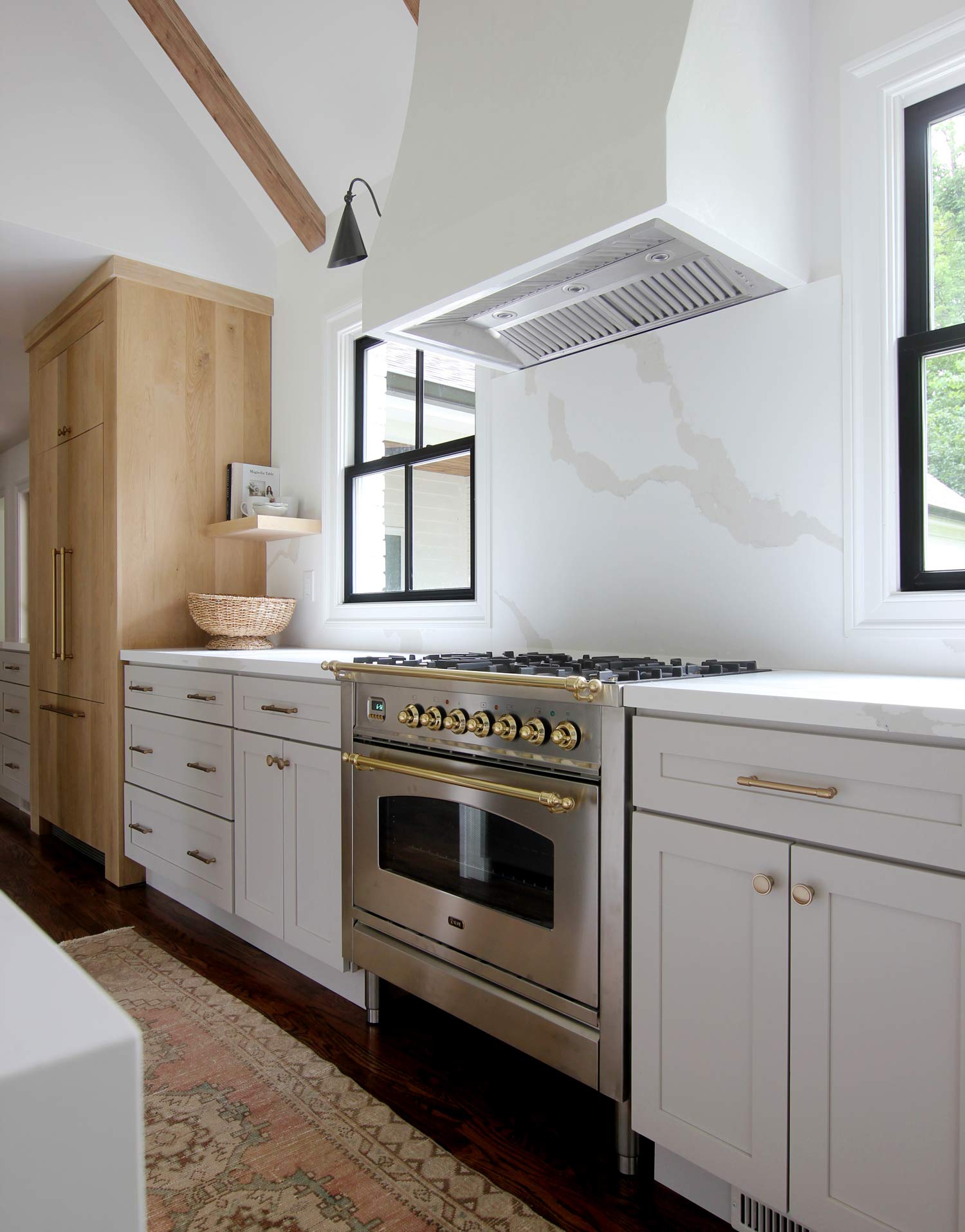
Credit: plankandpillow.com
Professional Installation Vs. Diy
Choosing between professional installation and DIY can be tough. Each option has its pros and cons.
| Pros | Cons |
|---|---|
| Experts ensure proper height and functionality. | Costs can be higher for professional services. |
| Warranty often comes with professional work. | Scheduling can be inconvenient. |
| Less stress and time for homeowners. | Limited control over the installation process. |
Choosing a professional might be best for complex setups. DIY is great for simple installations. Consider your skills and tools before deciding.
Call a professional if unsure about measurements. Safety and proper installation are key. A well-installed hood functions better and lasts longer.

Credit: rangecraft.com
Frequently Asked Questions
What Is The Ideal Height For A Range Hood?
The ideal height for a range hood typically ranges from 24 to 36 inches above the cooking surface. This height ensures optimal performance in capturing smoke and odors. It’s important to consider your stove’s specifications and your own cooking habits for the best results.
How Do I Measure Range Hood Height?
To measure range hood height, start from the cooking surface. Use a tape measure to find the distance between the top of the stove and the bottom of the hood. Ensure the range hood is level, and adjust the height based on manufacturer recommendations and your cooking style.
Does Range Hood Height Affect Performance?
Yes, the height of a range hood significantly impacts its performance. If too high, it may not effectively capture smoke and odors. Conversely, if too low, it can obstruct your cooking area. Finding the right balance is crucial for optimal ventilation and safety in your kitchen.
Can I Adjust The Height Of My Range Hood?
Many range hoods allow for height adjustments during installation. Check the manufacturer’s guidelines for specific instructions. If your model doesn’t offer this feature, consider using a different mounting bracket or consulting a professional for modifications. Proper height is essential for effective ventilation.
Conclusion
Choosing the right height for your range hood is essential for optimal kitchen ventilation. Proper installation improves air quality and enhances cooking efficiency. Always consider your stove height and personal cooking habits. By following the recommended guidelines, you can create a safer and more comfortable cooking environment in your home.
